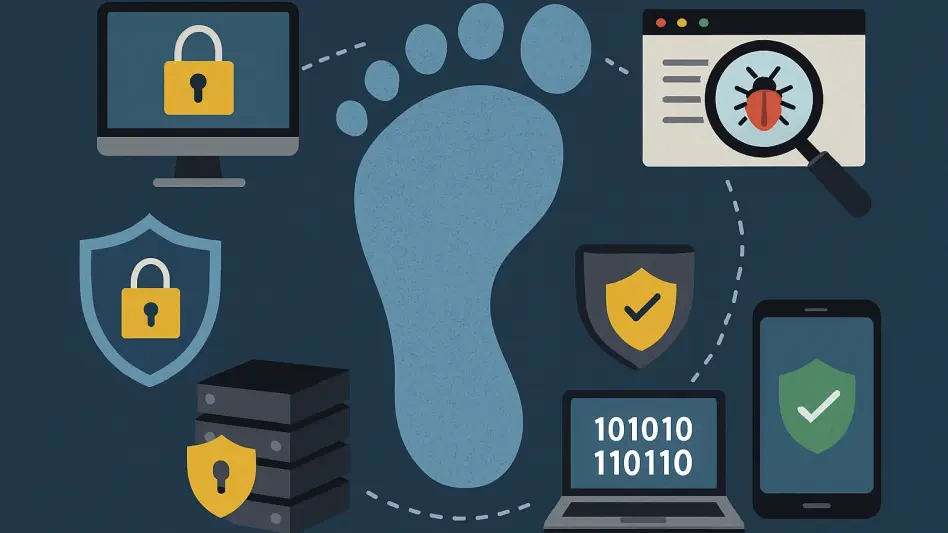In the evolving landscape of cybercrime, a disturbing trend has emerged where phishing scams are becoming more sophisticated through the use of artificial intelligence (AI), specifically targeting vulnerable populations like the Pasifika communities across the Pacific and Aotearoa (New Zealand). These scams are not just random attempts to steal data; they are carefully crafted attacks that exploit deep-rooted cultural values such as collectivism and social responsibility. Scammers manipulate these principles to create emails that feel intensely personal and urgent, tricking recipients into engaging with malicious content. Research from experts at the University of Auckland has brought this issue into sharp focus, revealing how technology is being weaponized to prey on cultural strengths. This alarming intersection of AI and cultural manipulation poses a unique challenge for cybersecurity, demanding urgent attention and innovative solutions to protect these communities from digital predators who turn goodwill into a gateway for fraud.
Cultural Manipulation Through Advanced Technology
The rise of AI has given cybercriminals an unprecedented edge in designing phishing emails that resonate deeply with Pasifika individuals. By using algorithms to analyze and replicate local languages and communication styles, scammers create messages that appear to come from within the community itself. These emails often mimic the warmth and familiarity of personal interactions, making them seem trustworthy at first glance. Beyond mere translation, AI tailors content to reflect specific cultural references, such as family ties or communal duties, which are central to Pasifika life. This personalization significantly increases the likelihood that recipients will click on harmful links or share sensitive information, believing they are helping someone in need. The exploitation of trust through such advanced means highlights a darker side of technological progress, where tools meant to enhance communication are instead used to deceive and defraud those least equipped to detect the deception.
Another layer of this deception lies in how scammers target the Pasifika value of collectivism, a cultural cornerstone that emphasizes mutual support and obligation. Known as “help scams,” these phishing attempts often pose as desperate pleas for assistance, sometimes tied to community events or religious gatherings. The emotional pull to aid others, deeply ingrained in Pasifika society, overrides caution in many cases, leading individuals to act before questioning the legitimacy of the request. This manipulation turns a societal strength into a digital vulnerability, as the instinct to assist blinds recipients to red flags that might otherwise prompt suspicion. Such tactics reveal a calculated approach by cybercriminals, who study cultural norms not just to infiltrate systems but to exploit the very principles that bind communities together, creating a pressing need for awareness that addresses these specific emotional triggers.
Language as a Tool for Emotional Deception
A critical element in the success of these phishing scams is the psychological phenomenon known as the “foreign language effect,” where communications in a native language evoke stronger emotional responses compared to those in a secondary language like English. For Pasifika individuals, receiving an email in their local tongue often feels inherently more personal and credible, lowering their defenses against potential threats. Scammers capitalize on this by crafting messages that resonate on an emotional level, bypassing the skepticism that might arise from a less familiar language. This linguistic strategy proves particularly effective in communities where native dialects are a source of identity and connection, making the deception not just a technical exploit but a profound betrayal of cultural trust. The emotional weight of familiar words thus becomes a powerful weapon in the hands of cybercriminals seeking to manipulate their targets.
Further evidence of this tactic’s impact comes from a simulated phishing study conducted among government employees in a Melanesian nation. Over several months, participants received fake emails in both English and their local language, with content ranging from commercial offers to community-oriented requests. One message, written in the native language and referencing a church agenda, saw nearly one-third of recipients clicking the embedded link—a much higher rate than for other types of scams. Feedback from the study indicated that many believed the use of their language implied authenticity, often assuming the sender was a known contact or family member. This blind trust in linguistic familiarity, coupled with an over-reliance on institutional email filters to catch threats, underscores how language can be a decisive factor in phishing success, revealing a gap in both awareness and technology that must be urgently addressed.
Cybersecurity Shortfalls in Protecting Vulnerable Groups
One of the most significant barriers to safeguarding Pasifika communities from these AI-driven scams is the inadequacy of current cybersecurity tools, particularly spam filters, when it comes to less widely spoken Pacific languages. Most email security systems depend on vast datasets to identify phishing patterns, but such data is scarce for languages spoken by smaller populations. As a result, malicious emails in these dialects often go undetected, slipping past defenses that are not trained to recognize their unique characteristics. This technological shortfall leaves Pasifika individuals disproportionately exposed to digital threats, as their primary mode of communication becomes a blind spot for standard security measures. The disparity highlights a broader issue of inclusivity in cybersecurity, where global solutions fail to account for regional and linguistic diversity, necessitating a shift toward more customized approaches to protect all users effectively.
Addressing these gaps requires more than just technological upgrades; it demands a rethinking of how cybersecurity education is delivered to culturally distinct groups like Pasifika communities. Generic training programs often focus on common scams like fake invoices or lottery wins, ignoring the culturally specific “help scams” that exploit communal values. Tailored awareness campaigns must be developed to teach individuals how to spot phishing attempts disguised as personal or community requests, emphasizing the risks hidden in familiar language. Additionally, collaboration between tech developers, researchers, and local governments is essential to create spam filters capable of detecting patterns in Pacific languages. Without such targeted efforts, the digital divide will continue to widen, leaving already vulnerable populations at greater risk of falling victim to scams that exploit their cultural identity and linguistic heritage in increasingly sophisticated ways.
Building Defenses Against Culturally Targeted Scams
Reflecting on the efforts to combat these phishing threats, past initiatives revealed a stark reality: Pasifika communities faced unique challenges that generic cybersecurity measures couldn’t address. Simulated studies conducted in the region exposed how deeply cultural values and language influenced susceptibility to AI-crafted scams, with many individuals engaging with fraudulent emails out of a sense of duty. The emotional pull of native language messages consistently overpowered caution, while inadequate spam filters failed to catch localized threats. These findings painted a clear picture of a digital landscape where cultural exploitation by scammers went largely unchecked, driven by tools that turned trust into a liability.
Looking ahead, actionable steps must be prioritized to shield these communities from future attacks. Developing spam filters that recognize phishing patterns in Pacific languages should be a key focus for tech innovators, alongside partnerships with local authorities to ensure relevance. Equally important are education programs tailored to highlight the dangers of “help scams,” teaching individuals to question even the most personal-seeming requests. International collaboration, spurred by research shared at global symposiums, can further drive policy changes and resource allocation to protect multilingual societies. By blending technology with cultural sensitivity, a robust defense can be built, ensuring that digital spaces become safer for all, regardless of linguistic or cultural background.








